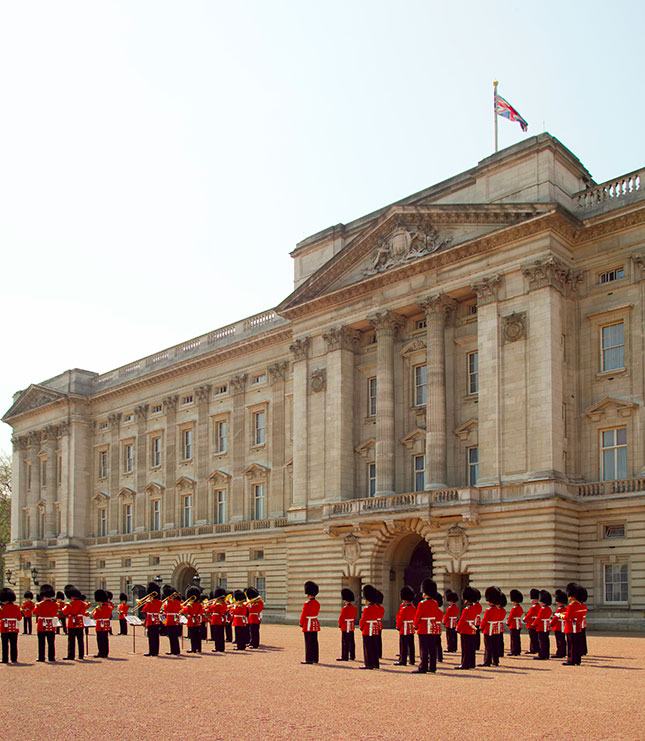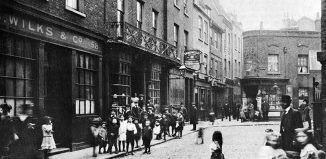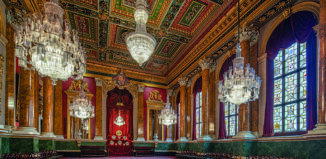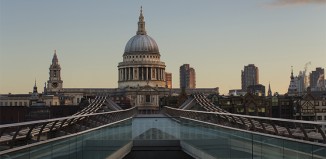Answers London quiz

How did you do?
1. King Edward the Confessor (c. 1003-1066)
No sooner were the masons out than the (ex-)monarch was in. Pious Edward was laid to rest in the recently opened abbey on Thorn Ey (Island) next to his palace on the river at Westminster. The coronation church was rebuilt in the 13th–14th centuries in the Gothic style. Edward’s shrine is surrounded by 16 rulers of England (plus one queen of Scotland), by hundreds of other people from “the Illustrious” to ordinary members of Westminster’s local community, and by the grave of our Unknown Warrior.
2. Tower of London
The Crown Jewels are a working collection of precious regalia that are used on state occasions. Many items are on permanent display in a strong-room inside the Tower, where this glittering collection has been delighting visitors for three centuries. Look out for the 530.4 carat ‘First Star of Africa’, the world’s largest, flawless, pure-cut diamond, and a 12th-century spoon used to anoint monarchs during their coronation service. Simply an unmissable collection of priceless treasures!
3. e. Lord Mayor
The grand 18th-century edifice facing the Bank of England and the Royal Exchange in the City’s heart is home for every Lord Mayor during their one-year term in office. Banquets and the receiving of important guests take place here. The Egyptian Hall is a masterpiece of Palladian neoclassical style and a world-class collection of gold- and silver-plate and other precious objects reflects the Mayoralty and City’s historic stature. If you are still in two minds about a guided visit, there’s also a notable collection of 17th-century Dutch Old Master paintings.
4. Kensington Palace
With Prince William working as a pilot in the air ambulance service in Norfolk, Amner Hall on the queen’s Sandringham estate is the family’s usual residence. In London, Kensington Palace is home for the Duke of Cambridge, his wife Kate and their children George and Charlotte. King William III and Queen Mary II established Kensington as a royal palace and, later, this was where young Victoria lived until becoming queen in 1837. The story of royal residents is told in a wing of the palace open year-round.
5. a. Winchester
From the ninth century until after the Norman invasion of 1066, Winchester was regarded as England’s capital and King William I had himself crowned in both cities. London’s growing commercial importance and location, combined with the new regime’s system of government, helped establish London as the principal city of England.
6. They hold at least one Royal Warrant of Appointment
Royal Warrants are granted by the Lord Chamberlain (head of the royal household) to a very select group of companies that meet stringent criteria including several years of service to households of the Queen, Duke of Edinburgh or Prince of Wales. There are currently approximately 900 businesses, with two-thirds of warrants awarded by the Queen. Arms of the awarding senior member of the royal family may be displayed on premises as an outward sign of their good standing and a tour of (say) St James’s and Piccadilly soon brings you into sight of several of these businesses.
7. False
This civic ceremony in November in Guildhall formally admits an incoming Lord Mayor of the City of London to their year in office. Imbued with over 800 years of mayoral history, it is open to the public, although obtaining a ticket requires application in September. It is never televised.
Is it really conducted in silence? There are no long speeches, recitations or shouts of “Hurrah!” – just a short declaration uttered aloud that confirms willingness to accept the office and care for the Mansion House. There is plenty of hat doffing, bowing, presenting of insignia, pen scratching as signatures are signed, and jangling of ceremonial regalia as honorary officers process in a stately fashion wearing traditional robes of office.
8. Whitehall
The palace has (mostly) gone but its name lives on as a synonym for the national government quarter. Architect Inigo Jones’s early 17th-century Banqueting House is notable for being the first Palladian neoclassical building completed in England. Its fine ceiling was painted by Flemish artist Peter-Paul Rubens and it was through a window in this grand room that King Charles I stepped on to a stage to be beheaded publicly in 1649.
9. King Edward VII (born 1841, reigned 1901-10)
The eldest child of queen Victoria and Prince Albert, Edward was born soon after his parents had moved in, establishing this as the principal royal residence in town. In 1902, the elderly new king bravely underwent emergency surgery for peritonitis in the palace, but died there in 1910.
10. Eltham Palace
Eltham is something of a hidden gem. Its 15th-century hall dates from King Edward IV’s reign, who considered this his favourite palace. Buildings, garden and hunting grounds had been extended in the 14th century by Edward II and his wife Isabella (“The She-Wolf of France”) for their son (Edward III). Henry VIII spent much of his boyhood here in the late 15th century.
Eltham Palace is now managed by English Heritage and is easily accessible from central London by public transport.







